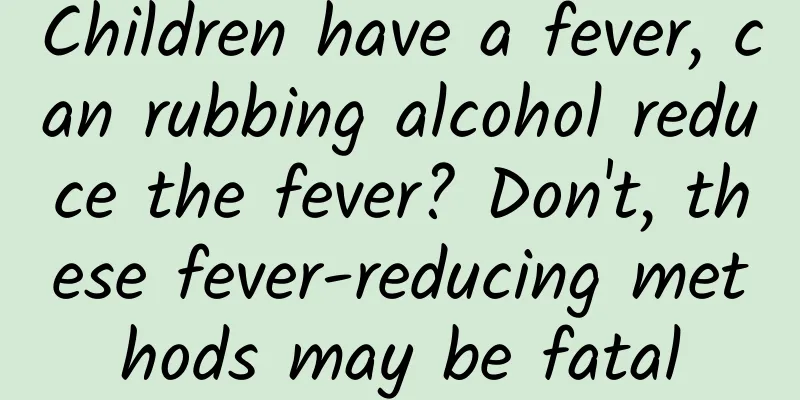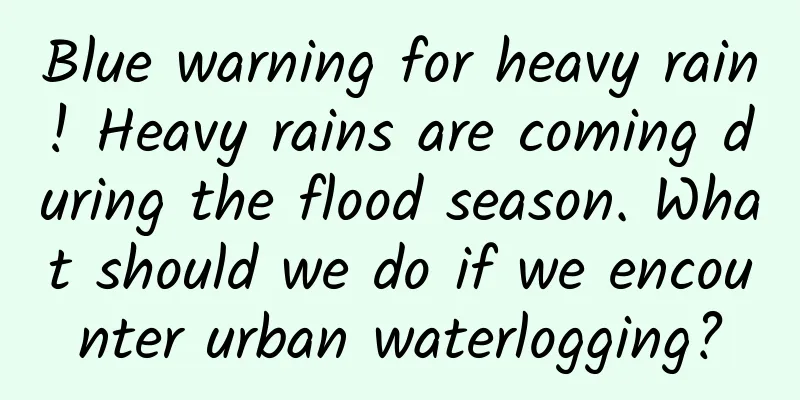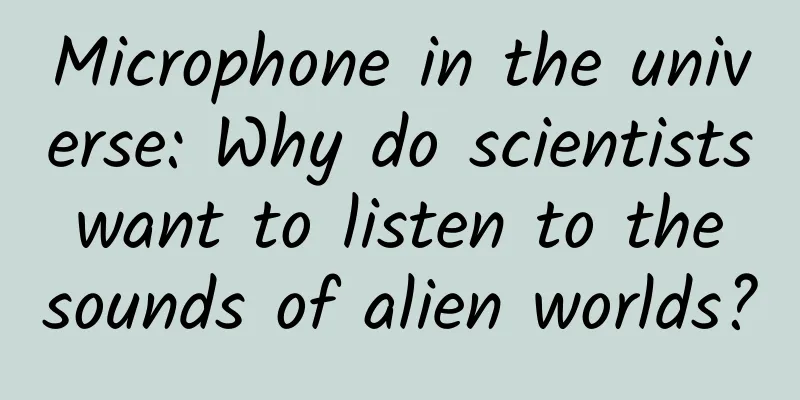Children have a fever, can rubbing alcohol reduce the fever? Don't, these fever-reducing methods may be fatal

|
gossip "Children with fever can be treated with alcohol baths to reduce fever!" If infants and young children have a fever, you can use alcohol bath method. Alcohol evaporates quickly and dissipates heat, which is a very good way to reduce fever. Rumor Analysis This method is not recommended for reducing fever in infants and young children. Alcohol can be absorbed through the skin and may also be absorbed through the alveolar membrane when volatilizing. If used improperly, it can easily lead to central nervous system poisoning and affect children's intellectual development. Recently, a 2-month-old baby in Shenzhen, Guangdong, had a fever, with the temperature reaching 39°C. The child's father followed the "folk remedy" of the elderly at home and used alcohol and water to bathe the child's body in an attempt to reduce the fever, which resulted in the child suffering from a severe reaction of anaphylactic shock. This incident quickly became a hot topic on Weibo, sparking public controversy over alcohol bathing to reduce fever and concern about infant care. Image source: Weibo screenshot Is it reliable to use alcohol to reduce fever in infants and young children? Alcohol is volatile and will evaporate quickly when wiped on the skin, taking away some heat, thus causing the skin surface temperature to drop in a short period of time. However, alcohol baths are not suitable for all patients, and warm water baths (around 20°C for adults and 30°C for children; not cold water, test the water temperature with your hand before use to avoid burns) can also achieve this effect. Therefore, it is not recommended to use alcohol baths to reduce fever in infants and children. Parents without experience and medical background who blindly use this method may bring more safety risks. 1. Alcohol poisoning: Babies have thin skin and abundant capillaries, so alcohol can be easily absorbed into the body through the skin. When it evaporates, it may also be absorbed through the alveolar membrane, which may lead to alcohol poisoning, symptoms such as dizziness, drowsiness, respiratory depression, and even life-threatening. 2. Allergic reaction: As mentioned in this Weibo hot search incident, in rare cases, children may be allergic to alcohol, and severe reactions can lead to anaphylactic shock. This is a life-threatening emergency. 3. Increase discomfort: Although alcohol evaporates quickly and can take away heat from the skin surface, it cannot really reduce the core temperature, that is, the cooling effect is poor; and it is easy to cause children to shiver, get goose bumps, and cry during the sponge bath, increasing the discomfort of fever. Therefore, using alcohol sponge baths to reduce fever in infants and children is not only limited in effect, but also extremely risky, and is strongly not recommended, especially for infants and young children. Copyrighted stock images, no reproduction is authorized 5 more wrong ways to reduce fever In addition to alcohol baths, there are 5 other common wrong methods of reducing fever in clinical practice: 1. Cover your body to sweat and reduce fever Let the child wear thick clothes or cover with thick quilts to try to "sweat" the child to reduce fever. This is not only ineffective, but excessive sweating may also lead to dehydration, and may also cause the child's body temperature to rise, and even cause infant "heat syndrome", which can be life-threatening. 2. Cold water/ice bath Cold water/ice cubes can lower the temperature of the surrounding skin through heat transfer and melting heat absorption. This only lowers the local temperature and has a poor effect on the core body temperature. When shivering is induced, the core body temperature is increased. In addition, wiping with cold water/ice cubes will significantly increase the child's discomfort, crying, and may cause frostbite on the skin. 3. Enema to reduce fever There is a lack of research on the safety and safe dosage of enema for fever reduction. Because rectal absorption is different from oral absorption, the dosage cannot be accurately grasped in clinic, which can easily lead to overdose and increase liver and kidney damage. Enema can also cause local discomfort, such as diarrhea and intestinal irritation, and frequent use may damage the rectal mucosa. Improper operation may even lead to intestinal perforation or more serious consequences. Therefore, it is not recommended as a method for reducing fever in children. When oral medication is not possible or in an emergency, children usually choose suppositories. 4. Bloodletting to reduce fever Bloodletting is a traditional folk remedy for fever, which lacks scientific evidence and is more likely to cause infection if not properly sanitized. In addition, bloodletting with acupuncture can significantly increase pain and fear in children. 5. Use of unsafe drugs The main antipyretics that are safe for children are ibuprofen and acetaminophen. Some parents mistakenly give children adult antipyretics or obsolete children's antipyretics, such as aspirin, analgin, aminopyrine, etc., thinking that they are more effective. However, the ingredients of these drugs are not suitable, and children are prone to serious adverse drug reactions when using them. Copyrighted stock images, no reproduction is authorized The correct way to deal with fever 1. Take medicine to reduce fever as needed When a child has a fever, if the indications for medication are met, it is recommended to use medication to reduce fever according to the doctor's instructions, and do not blindly believe in "folk remedies". Safe antipyretics for children are ibuprofen and acetaminophen, which can be taken with reference to the instructions or under the guidance of a pharmacist or doctor: For children over 6 months old with fever, safe antipyretics are acetaminophen (10-15 mg/kg each time, upper limit of 800 mg per time) and ibuprofen (5-10 mg/kg each time, upper limit of 600 mg per time). Medication should be taken according to body weight, not age. You can start with the upper middle limit and adjust the dosage according to the antipyretic effect. Home medication can be repeated up to 4 times within 24 hours, and you can take it again after about 4 to 6 hours. For children aged 3 to 6 months, acetaminophen can be used to reduce fever. The usage and dosage are the same as above. It is also recommended to see a doctor to evaluate the cause of the fever. If a baby under 3 months old has a fever, do not take any medicine on your own. It is recommended that you go to the hospital for treatment first. Indications for use: ① For children who are usually healthy, when the fever is ≥ 39.5~40℃, antipyretics should be considered. ② If your child has a fever, no matter how high it is, and feels or appears to be unwell (irritable, clingy, refusing to drink water, crying, having body pain, feeling low spirits, etc.), it is recommended to use antipyretics. ③ Children who are in good health and in a deep sleep, in good spirits and with a body temperature below 39.5-40℃ do not need to be woken up to take the medicine. ④ For children with special health conditions, it is recommended to consult a doctor and take medication as prescribed by the doctor. 2. Stay hydrated Children are prone to dehydration when they have a fever. Make sure your child drinks plenty of water, breast milk, milk or oral rehydration salts (50% apple juice, coconut water) to maintain water balance in the body, which also helps reduce fever. 3. Physical cooling Keep the environment cool: turn on the air conditioner to lower the room temperature to around 20℃~24℃, or provide moderate ventilation to help children dissipate heat. Wipe with warm water: 30 minutes after taking the antipyretic, gently wipe the child's body with warm water (usually around 30°C, or lower than body temperature), especially the forehead, armpits and groin area, to help reduce body temperature faster. Wipe with warm water is more effective than a warm water bath and is suitable for heat stroke, heatstroke, fever of unknown cause or previous neurological diseases. It should be noted that wiping with warm water may increase discomfort, and it is generally not recommended for healthy infants and children with fever. If the antipyretic medicine is not effective, we do not object to parents wiping their children with warm water, but the comfort of the child should be the priority. If the child shows reluctance, do not force it. 4. Monitor the condition Closely monitor your child's temperature, mental state, respiratory rate, skin color, and other symptoms. If the cause of your child's fever or the site of the disease is unclear, if the child continues to have a high fever that does not go away with medication, if the fever lasts longer than the doctor's recommended observation time, or if there are new and complex symptoms, it is recommended that you seek medical evaluation. 5. Seek medical attention promptly If you have signs of a serious illness: Persistent fever: Fever persists ≥ 39 °C and does not go down despite medication. Mental abnormalities: The child is somewhat sleepy and is more difficult to wake up than usual; has decreased concentration and reacts differently to the surrounding environment than usual; has fewer movements and no smile, etc. Shortness of breath: < 2 months old: ≥ 60 breaths/min; 2-12 months: Respiration ≥ 50 times/minute; 1 to 5 years old: breathing ≥ 40 times/minute; > 5 years: ≥ 30 breaths/minute. Skin abnormalities: pallor, streaking, graying, ecchymoses, and cyanosis. Other symptoms: repeated vomiting, severe diarrhea, or dehydration (such as dry skin/reduced elasticity, no urine in 6-8 hours, urine output less than half of normal). If any of the above conditions occur or other behaviors that parents feel are abnormal or beyond their own nursing knowledge, it is recommended to seek medical attention in time. Looking in the mirror of rumors When a child is sick, parents will definitely be anxious, but they are easily distracted by worry, and this is exactly when they need to stay calm. When facing a child with a fever, it is very important to deal with it scientifically and calmly. Parents should not trust unproven "folk remedies" to avoid causing irreversible harm to the child's health. Author: Fan Yunzhu Hangzhou Ho Yun Chia Hospital Nha Trang Clinic Reviewer: Tang Qin, Director of the Science Popularization Department of the Chinese Medical Association, National Health Science Popularization Expert |
<<: How long does it take to orbit Mars? The answer is not certain!
Recommend
The “foreigner restriction order” strikes again. Who touched my “Oppa”?
According to news today, the "foreign restri...
Is aerobic exercise better than resistance training for controlling blood sugar? 10 Exercise-related blood sugar control questions answered in one article
Many people are worried about the rise in blood s...
What makes the unhappy home life even worse? It's stiff neck...
During the epidemic, the thing people fear most i...
Guangzhou appearance scoring mini program function, how much does it cost to develop the WeChat appearance scoring mini program?
“Everyone loves beauty,” especially female friends...
WeChat iOS 8.0.6 official version released: Status adds time-limited reminders, Moments can forward videos
[[399977]] May 17 news: WeChat quietly launched t...
He sleeps and I'm crazy! Why don't people who snore wake themselves up? It turns out it's all related to "them"...
This article was reviewed by Tao Ning, PhD, Assoc...
In the hot summer, there is an "otter" that is super sweet! Do otters have their own "bubble effects" when swimming in the water?
The temperature in Nanjing has soared to over 30 ...
International Panda Festival: This round panda can't be photographed in color? You're kidding!
In 1993, it was the 10th anniversary of China'...
Why do Weibo, Douyin and even Kuaishou have to rely on Taobao to monetize?
On the first day of the plum rain season in Shang...
After returning to the living room, young people become the promoters of smart TV
In an era of rapid development of Internet techno...
What are the methods for app promotion? Share 5 tips!
As the most important distribution channel for Ap...
Musk did not brag and published a statement announcing the source of funds for privatization
On August 13th local time, Musk announced some de...
How to completely complete a Weibo event promotion?
As we all know, a good event operation can often ...
Attention, high energy ahead! GAC Aion LX, a new energy SUV that can reach 100 km/h in 3.9 seconds, will be launched in September!
Earlier this year, the Aion S released by GAC New...
Is it useful to arrange a Wenchang Tower before the exam?
Many parents ask whether the Wenchang Tower reall...









